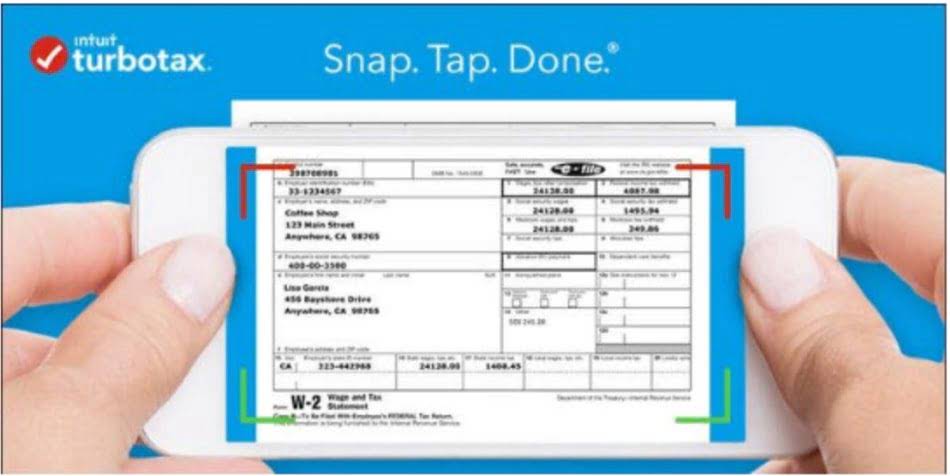Imagine a trader who believes that XYZ stock—currently trading at $50—will decline in price in the next three months. The trader is now “short” 100 shares since they sold something they did not own but had borrowed. The timing of the short sale is critical since initiating a short sale at the wrong time can be a recipe for disaster. Because short sales are conducted on margin, if the price goes up instead of down, you can quickly see losses as brokers require the sales to be repurchased at ever higher prices, creating a short squeeze.
Short Position: Meaning, Overview, and Example
The short seller then returns the shares to the lender and makes a profit by pocketing the difference. Because stocks and markets often decline much faster than they rise and some overvalued securities can be profit opportunities. In 2020, GameStop’s stock was performing poorly, trading at $1 or $2 per share.
Markets
Securities and Exchange Commission (SEC) put in place Regulation SHO, intended to prevent speculators from selling some stocks short before doing a locate. More stringent rules were put in place in September 2008, ostensibly to prevent the practice from exacerbating market declines. Days to Cover (DTC) is the relationship between the number of shares in a given equity that has been legally short-sold and the number of days of typical trading that it would require to ‘cover’ all legal short positions outstanding.
These institutional loans are usually arranged by the custodian who holds the securities for the institution. In an institutional stock loan, the borrower puts up cash collateral, typically 102% of the value of the stock. The cash collateral is then invested by the lender, who often rebates part of the interest to the borrower. The interest that is kept by the lender is the compensation to the lender for the stock loan. Just remember that you are selling first to open a position in hopes of closing the trade by buying the asset back in the future at a lower price. In the case of a short position, the entry price is the sale price, while the exit price is the buy price.
Since covering their positions involves buying shares, the short squeeze causes an ever further rise in the stock’s price, which in turn may trigger additional covering. Because of this, most short sellers restrict their activities to heavily traded stocks, and they keep an eye on the “short interest” levels of their short investments. Short interest is defined as the total number of shares that have been legally sold short, but not covered. Short selling is sometimes referred to as a “negative income investment strategy” because there is no potential for dividend income or interest income.
George Soros, for example, famously shorted the British pound in the early 1990s, making a $1.5 billion profit in a single month, according to one estimate. Such research often brings to light information not readily available elsewhere and certainly not commonly available from brokerage houses that prefer to issue buy rather than sell recommendations. Or most recently, there is the example of Wirecard, a once hot German financial technology company that was repeatedly accused of fraud, sparking strong denials from the company. In his book The Big Short, author Michael Lewis portrayed a cast of characters who warned of the impending housing crash.
If 50% of a portfolio with a close correlation to the Standard & Poor’s 500 Index (S&P 500) is hedged, and the index moves up 15% over the next 12 months, the portfolio would only record approximately half of that gain, or 7.5%. Adam Hayes, Ph.D., CFA, is a financial writer with 15+ years Wall Street experience as a derivatives trader. Besides his extensive derivative trading expertise, Adam is an expert in economics and https://forexanalytics.info/ behavioral finance. Adam received his master’s in economics from The New School for Social Research and his Ph.D. from the University of Wisconsin-Madison in sociology. He is a CFA charterholder as well as holding FINRA Series 7, 55 & 63 licenses. He currently researches and teaches economic sociology and the social studies of finance at the Hebrew University in Jerusalem.
The act of buying back the securities that were sold short is called covering the short, covering the position or simply covering. A short position can be covered at any time before the securities are due to be returned. Once the position is covered, the short seller is not affected by subsequent rises or falls in the price of the securities, for it already holds the securities that it will return to the lender. In 2008, investors knew that Porsche was trying to build a position in Volkswagen and gain majority control. Short sellers expected that once Porsche had achieved control over the company, the stock would likely fall in value, so they heavily shorted the stock.
A covered short is when a trader borrows the shares from a stock loan department; in return, the trader pays a borrowing rate during the time the short position is in place. According to Regulation SHO, brokers must locate a party willing to lend the shorted shares, or they must have reasonable grounds to believe that the shares could be borrowed. This prevents naked short selling, where investors sell shares they have not borrowed.The SEC can impose temporary short-selling bans on specific stocks under certain conditions, such as extreme market volatility. A trader who has shorted stock can lose much more than 100% of their original investment. Also, while the stocks were held, the trader had to fund the margin account.
Can Any Security Be Shorted?
However, in a surprise announcement, Porsche revealed that they had secretly acquired more than 70% of the company using derivatives, which triggered a massive feedback loop of short sellers buying shares to close their position. top 10 forex trading tips that will make you a successful trader Conversely, sellers can get caught in a short squeeze loop if the market, or a particular stock, starts to skyrocket. A short squeeze happens when a stock rises, and short sellers cover their trades by buying back their short positions.
So What Is Short Selling? An Explainer
Put options provide an alternative to short selling by enabling investors to profit from a stock price drop without the need for margin. Speculators may sell short hoping to realize a profit on an instrument that appears overvalued, just as long investors or speculators hope to profit from a rise in the price of an instrument that appears undervalued. Alternatively, traders or fund managers may use offsetting short positions to hedge certain risks that exist in a long position or a portfolio. If the price of a shorted security begins to rise rather than fall, the losses can mount up quickly. In fact, since the price of the security has no ceiling, the losses on a short position are theoretically unlimited. Given this inherent riskiness and the complexity of the transaction, shorting securities is generally recommended only for more advanced traders and investors.
When traders believe that a security’s price is likely to decline in the near term, they may enter a short position by selling the security first with the intention of buying it later at a lower price. In the futures or foreign exchange markets, short positions can be created at any time. Unfortunately, short selling gets a bad name due to the practices employed by unethical speculators who have used short-selling strategies and derivatives to deflate prices and conduct bear raids on vulnerable stocks artificially. Most forms of market manipulation like this are illegal in the U.S. but may happen periodically. The European Securities and Markets Authority (ESMA) oversees short selling in the EU.
- These examples are programmatically compiled from various online sources to illustrate current usage of the word ‘short.’ Any opinions expressed in the examples do not represent those of Merriam-Webster or its editors.
- For example, the S&P 500 doubled over a five-year period from 2002 to 2007, but then plunged 55% in less than 18 months, from October 2007 to March 2009.
- In Hong Kong, the Securities and Futures Commission (SFC) regulates short selling which is only allowed for designated securities and must be backed by borrowed shares.
- Also, while the stocks were held, the trader had to fund the margin account.
- The act of buying back the securities that were sold short is called covering the short, covering the position or simply covering.
- For this reason, short selling probably is most often used as a hedge strategy to manage the risks of long investments.
But the higher they go, the bigger the loss the short seller sustains. Investors short-sell to profit from a decline in a security’s price. As noted earlier, short selling goes against the entrenched upward trend of the markets. Most investors and other market participants are long-only, creating natural momentum in one direction. A number of market experts believe this repeal contributed to the ferocious bear market and market volatility of 2008 to 2009. In 2010, the SEC adopted an “alternative uptick rule” that restricts short selling when a stock has dropped at least 10% in one day.
Using the scenario above, suppose the trader did not close out the short position at $40 but decided to leave it open to capitalize on a further price decline. However, a competitor swoops in to acquire the company with a takeover offer of $65 per share, and the stock soars. Traders borrow money from the brokerage firm using the investment as collateral. If the account slips below this, traders are subject to a margin call and forced to put in more cash or liquidate their position. For example, the S&P 500 doubled over a five-year period from 2002 to 2007, but then plunged 55% in less than 18 months, from October 2007 to March 2009. Astute investors who were short the market during this plunge made windfall profits from their short positions.
Stock is held only long enough to be sold pursuant to the contract, and one’s return is therefore limited to short term capital gains, which are taxed as ordinary income. For this reason, buying shares (called “going long”) has a very different risk profile from selling short. Furthermore, a “long’s” losses are limited because the price can only go down to zero, but gains are not, as there is no limit, in theory, on how high the price can go. On the other hand, the short seller’s possible gains are limited to the original price of the stock, which can only go down to zero, whereas the loss potential, again in theory, has no limit.






